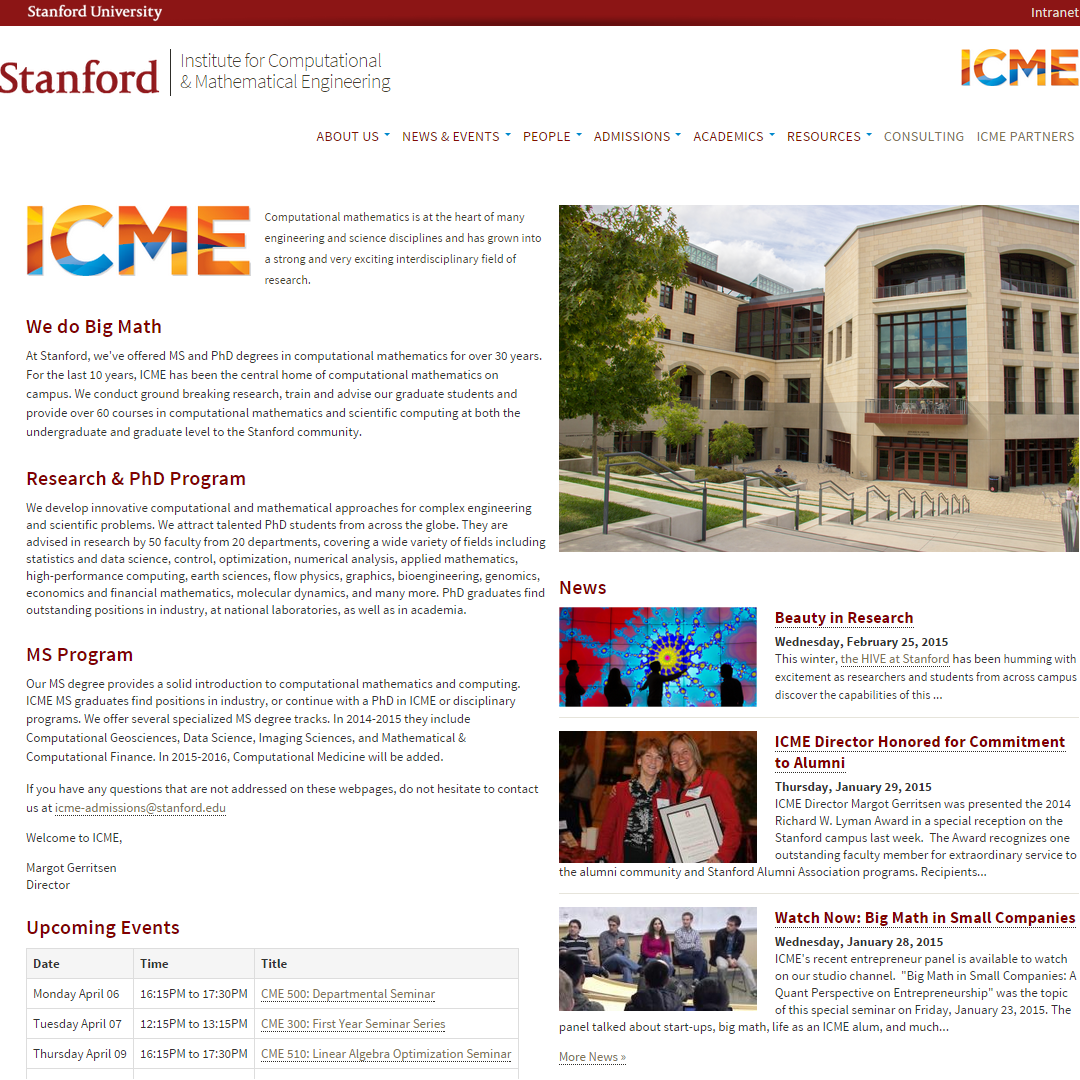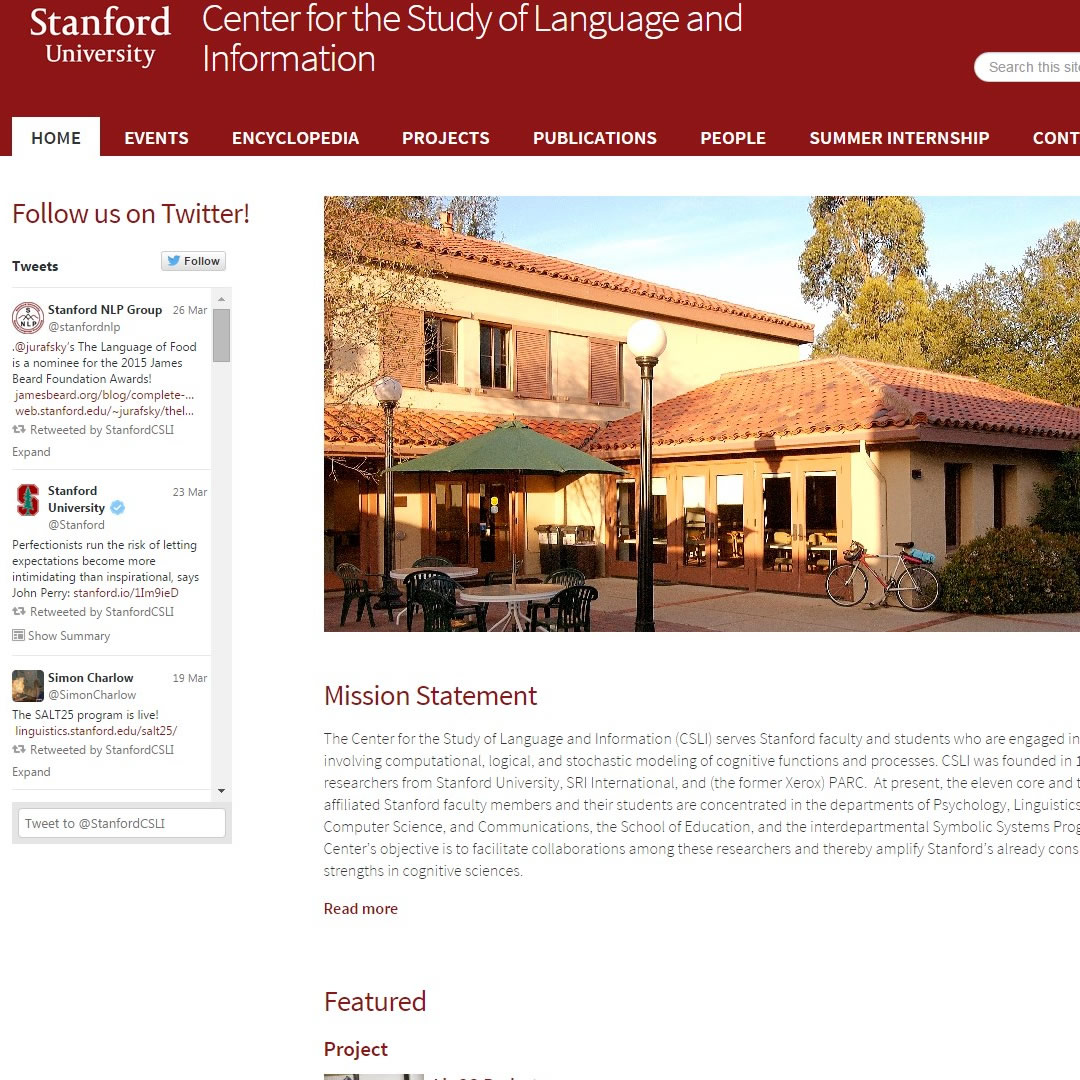We make use of Organic Groups(link is external) to provide privileged sections of a website. Each group is like a subsite that has a group owner, can support members with various roles and permissions, and provides a workflow to react to membership and content add/update events.
This allows owners and members to add, edit, and subscribe to content based on their role. For example, the group owner typically owns the landing page for the group, and members typically can add/edit one or more page types associated with the group. For example, we have a student teaching portfolio representing the group landing page, and faculty endorsements representing content that (only) faculty can add/edit.
Workflow rules allow the site to react to group events. For example, emails may be sent when a non-member applies for group access, and emails can also be sent when a new page is added to the group. Much like a complete Drupal site, Organic Groups have a huge number of plug-and-play features, including automated content surfacing, menus, and so on.

